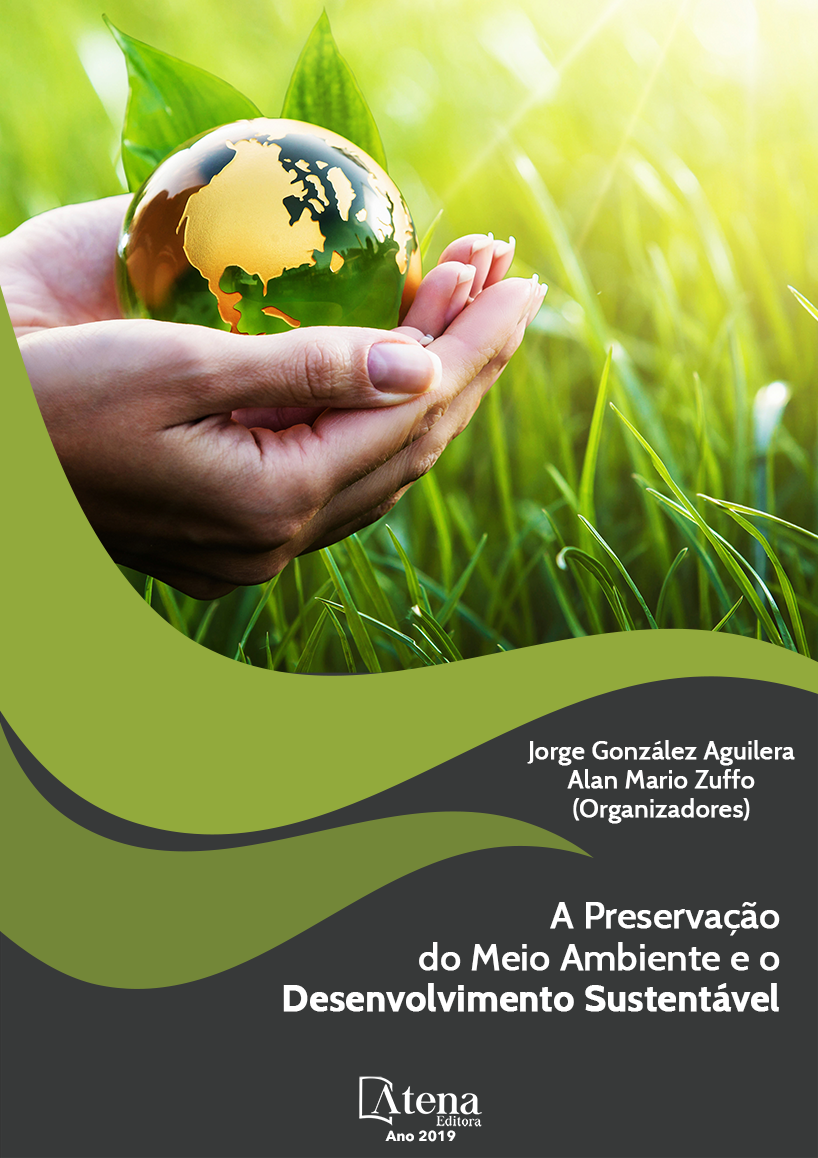
AJUSTE DE MODELOS HIPSOMÉTRICOS PARA Azadirachta indica A. Juss EM RESPOSTA AO MÉTODO DE CULTIVO NO NORDESTE BRASILEIRO
Objetivou-se avaliar o ajuste de
modelos hipsométricos para Azadirachta
indica sob dois métodos de cultivo em um
plantio experimental localizado no município
de Macaíba-RN. O experimento foi implantado
no ano de 2012, sendo constituído pela
espécie Azadirachta indica conduzida sob dois
métodos de cultivo (N0 – menos intensivo;
N1 – mais intensivo), sendo plantadas sob o
espaçamentos 3 m x 3 m em parcelas dispostas
sob delineamento experimental em blocos
casualizados. A coleta de dados foi realizada aos
12, 24, 36 e 48 meses de idade, sendo mensurado
o diâmetro a 1,30 m do solo e altura total de
todos os indivíduos na área útil das parcelas.
Além dessas, outras variáveis dendrométricas
como área basimétrica dos indivíduos, idade do
povoamento e o emprego de variáveis dummy
que assumiram valores de 0 e 1 conforme o
métodos de foram utilizadas para compor os
diferentes modelos hipsométricos avaliados no
presente estudo. Para averiguar a qualidade
dos ajustes, utilizaram-se os seguintes critérios
estatísticos: significância da estatística F da
análise de variância da regressão; significância
estatística dos parâmetros do modelo por meio
do teste t; coeficiente de determinação ajustado;
erro-padrão da estimativa; análise gráfica dos
resíduos; Critério de Informação de Akaike;
e o Índice de Furnival. A inclusão da variável
dummy (método de cultivo) foi significativa pelo
teste t para todos modelos testados, indicando
que sua inclusão no modelo contribui para uma
maior acurácia na estimativa da variável altura.
Os modelos (5) e (7) são os mais indicados
para representar a relação hipsométrica de
Azadirachta indica.
AJUSTE DE MODELOS HIPSOMÉTRICOS PARA Azadirachta indica A. Juss EM RESPOSTA AO MÉTODO DE CULTIVO NO NORDESTE BRASILEIRO
-
DOI: 10.22533/at.ed.3651914081
-
Palavras-chave: modelos hipsométricos; estimativas de altura; nim indiano; nordeste brasileiro.
-
Keywords: hypsometric models; height estimates; neem indian; brazilian northeast.
-
Abstract:
The objective of this study was to evaluate the adjustment of hypsometric
models for Azadirachta indica under two cultivation methods in an experimental
plantation located in the city of Macaíba-RN. The experiment was carried out in the
year 2012, being constituted by the Azadirachta indica species conducted under two
cultivation methods (N0 - less intensive, N1 - more intensive), being planted under
3 m x 3 m spacings in plots arranged under experimental block design randomized.
Data collection was performed at 12, 24, 36 and 48 months of age, and the diameter
was measured at 1.30 m of the soil and total height of all individuals in the useful
area of the plots. In addition, other dendrometric variables such as baseline area of
individuals, population age and the use of dummy variables that assumed values of
0 and 1 according to the methods were used to compose the different hypsometric
models evaluated in the present study. To verify the quality of the adjustments, the
following statistical criteria were used: significance of the F statistic of the regression
analysis of variance; statistical significance of the model parameters through the t test;
adjusted coefficient of determination; standard error of the estimate; graphic analysis
of waste; Akaike Information Criterion; and the Furnival Index. The inclusion of the
dummy variable was significant by the t test for all models tested, indicating that its
inclusion in the model contributes to a higher accuracy in the estimation of the height
variable. The models (5) and (7) are the most indicated to represent the hypsometric
relation of Azadirachta indica.
-
Número de páginas: 15
- Luan Henrique Barbosa de Araújo
- José Antônio Aleixo da Silva
- Gualter Guenther Costa da Silva
- Rinaldo Luiz Caraciolo Ferreira
- José Wesley Lima Silva
- Camila Costa da Nóbrega
- Ermelinda Maria Mota Oliveira


